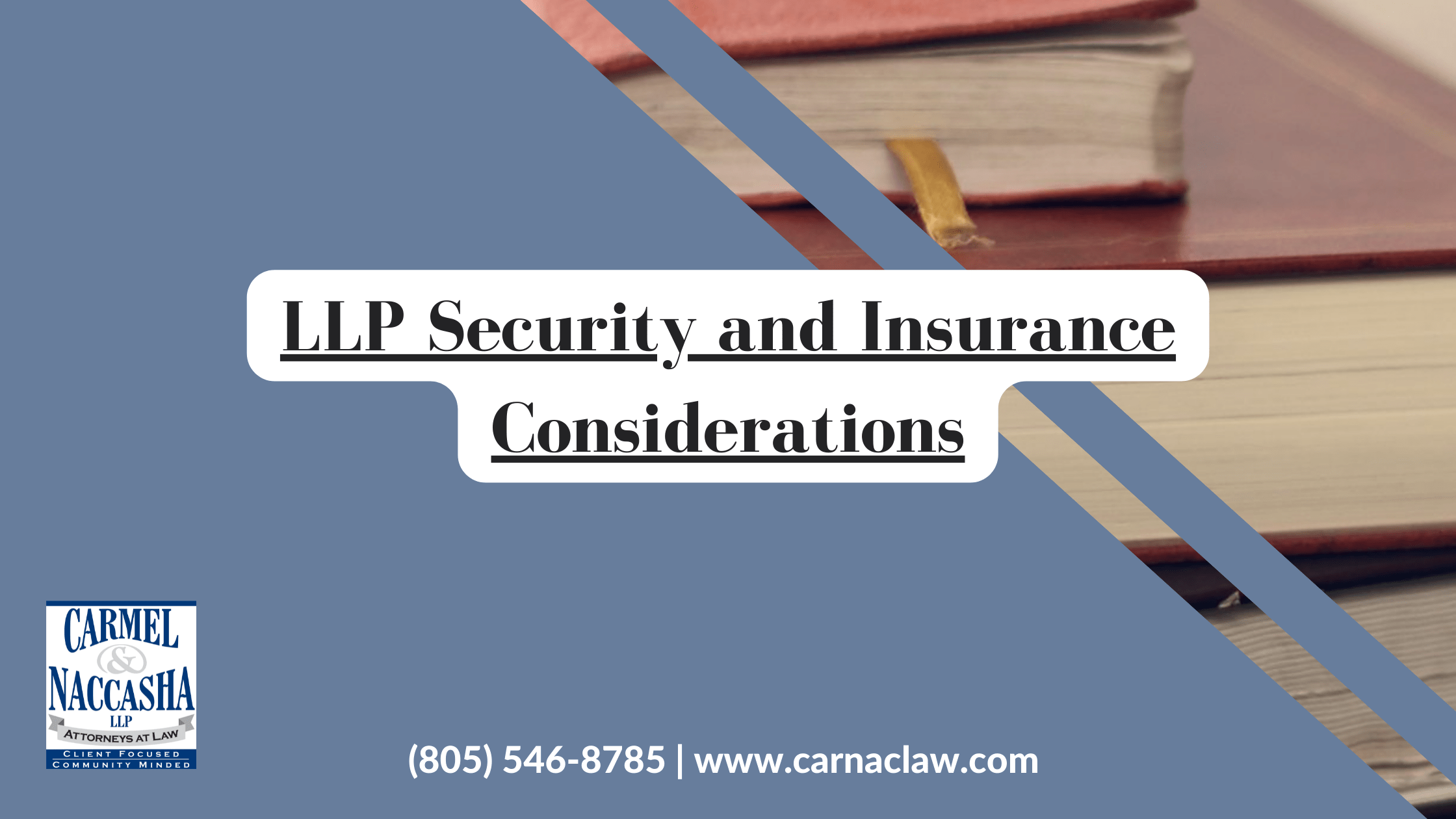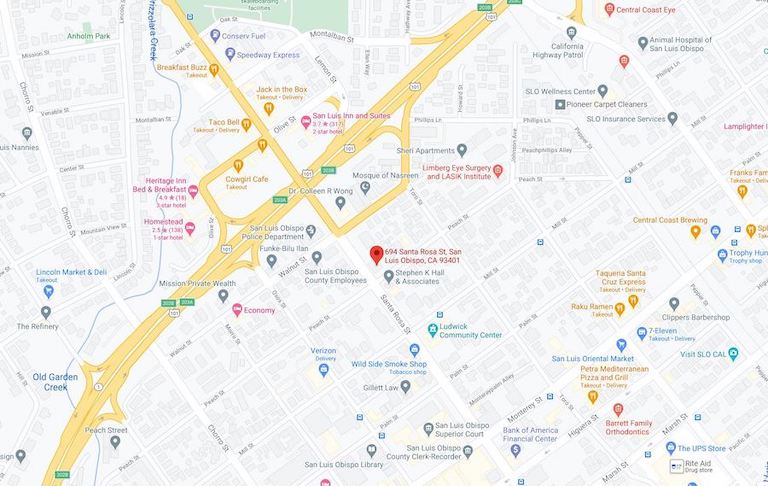Before forming a Limited Liability Partnership (LLP) for the practice of public accountancy, law, architecture, or engineering, it is important to address the security requirements set forth in the California Corporations Code §16956(a).
The Security/Insurance Requirements:
California Corporations Code §16956(a) provides that any registered and foreign LLP must provide security for damages arising out of claims based on acts, errors, or omissions. Paragraphs 1-4 under that section (a) provide similar security requirements with respect to the following four professions: 1. Public Accountancy, 2. Law, 3. Architecture, and 4. Engineering. Generally, an LLP under this statute must have at least one of the following as security for claims against the partnership:
A. a policy or policies of insurance;
B. trust or bank escrow, cash, bank certificates of deposit, United States Treasury obligations, bank letters of credit, or bonds of insurance or surety companies;
C. unless (D) is satisfied, each partner providing services guarantees payment of the difference between the maximum amount of security required for the partnership and the security required by (A) and (B), so long as the aggregate amount paid by all partners does not exceed the difference; or
D. a net worth of at least $10,000,000 and up to $15,000,000, depending on the profession.
Please note that in addition to the requirements set forth above, there may also be malpractice/E&O obligations and disclosures imposed by the licensing board with respect to each profession.
Licensees Not Partners:
One caveat in (A) and (B) is that the amount of security depends on the number of licensees affiliated with a partnership. Partnerships with five or fewer licensed persons only have to maintain a set amount of money while partnerships with five or more licensed persons must maintain an extra $100,000 for each additional licensee. However, there is a ceiling on the maximum amount of security required for each type of practice. The security required for each profession, therefore, is dependent on number of licensees, not the number of partners.
Dissolution of an LLP/Tail Coverage:
Paragraph (A) also states that upon the dissolution and winding up of the LLP, any insurance policy that is maintained must also maintain tail coverage or an extended reporting period endorsement in the maximum total aggregate limit of liability required to comply with Paragraph (A) for each respective profession under §16956(a) for a minimum of three years. A succession plan that lists the LLP as a predecessor firm can eliminate the need for a tail coverage.
Written by Ziyad Naccasha, with the assistance of Shannon Keem.
Contact Legal Professional
The information provided herein does not, and is not intended to, constitute legal advice; instead all information, content, and materials are for general informational purposes only.
If you have any questions, please contact Carmel & Naccasha, and for more details, read our full disclaimer.
If you are creating an LLP for one of these professions, please carefully review the California Corporations Code requirements of 16956(a) in effect and consult your attorney and your insurance broker. If you have any questions about this article, please contact Ziyad Naccasha at Carmel & Naccasha.



